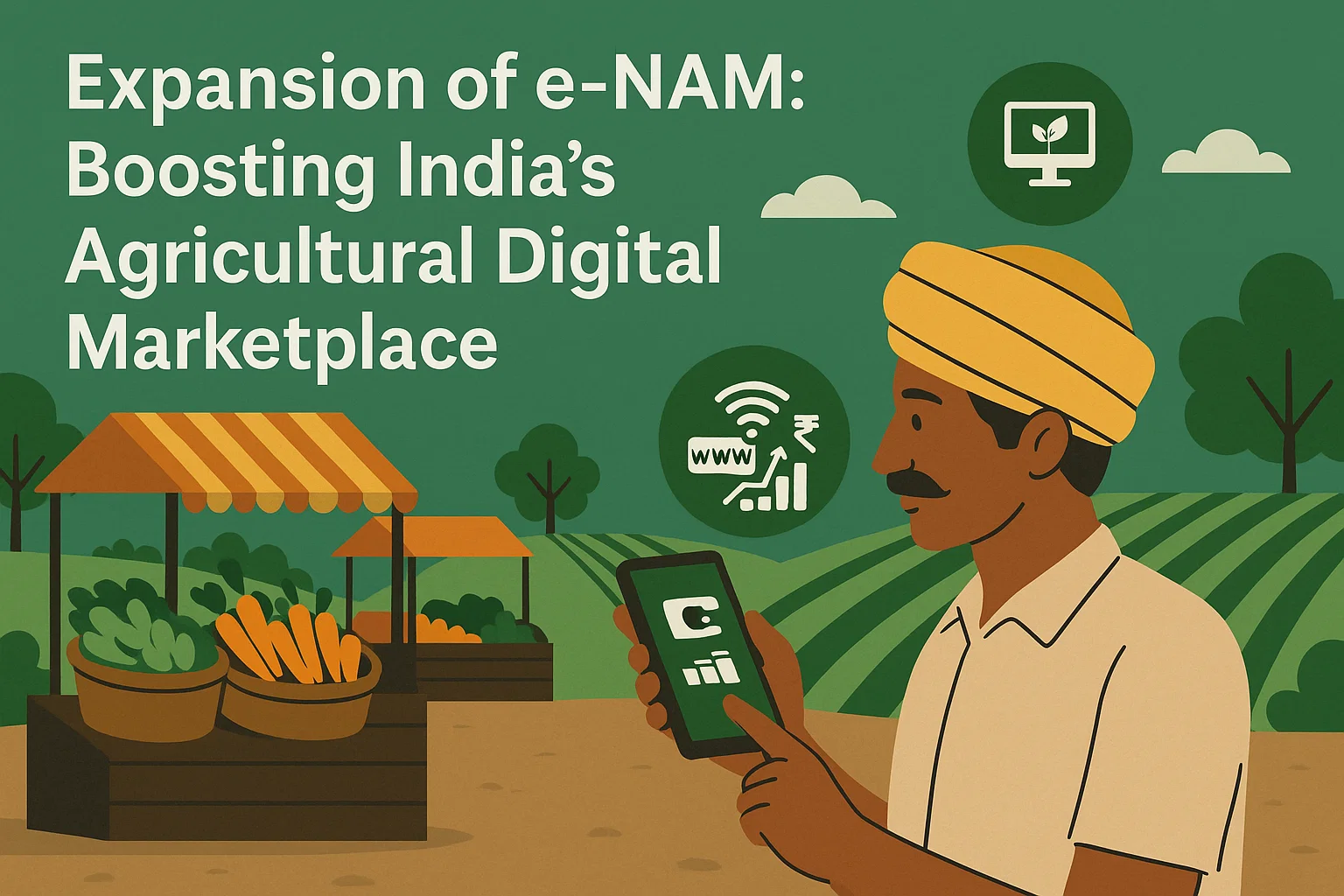Font size:
Print
Childhood Hypertension in India
Raising Healthy Hearts: Reimagining School Nutrition
Context: High blood pressure is often seen as a health issue for older adults — a concern for middle-aged individuals, not for children still in school.
More on News
- But in India, this assumption is rapidly becoming outdated.
- A growing number of children and adolescents are now being diagnosed with elevated blood pressure, often without knowing it until symptoms become too severe to ignore.
Rising Childhood Hypertension in India: A Silent Epidemic
- According to the Comprehensive National Nutrition Survey (CNNS) conducted between 2016–18, 7.3% of Indian adolescents were found to have hypertensive blood pressure levels — rising to 9.1% in urban areas.
- More recently, National Family Health Survey-5 (NFHS-5) data shows that 12% of teens aged 15–19 already have elevated blood pressure.
Processed Food Problem Among Indian Children
- One of the biggest contributors to this health crisis is the increasing consumption of ultra-processed foods.
- Chips, instant noodles, sugary snacks, and salty packaged items dominate the diets of many Indian children today.
- These foods are high in salt and low in nutrition, designed to be addictive with bold, artificial flavours that overpower traditional, home-cooked meals.
- Indian adolescents now consume over 8 grams of salt daily — nearly double the WHO-recommended intake for adults.
- Much of this salt comes from packaged snacks and fast foods, pushing children toward lifelong unhealthy eating habits and increasing their risk of hypertension.
Can India’s Mid-Day Meal Scheme Be Part of the Solution?
- India’s PM POSHAN (mid-day meal) scheme, the world’s largest school meal programme, serves over 120 million children in 1.27 million schools.
- It already plays a vital role in reducing hunger, improving school attendance, and bridging social divides.
- As of 2025, primary students receive 450 calories and 12g of protein per meal, while upper primary students receive 700 calories and 20g of protein.
- In a country where more than half the population cannot afford a healthy diet (as of 2022), this scheme serves as a critical safety net.
Moving Beyond Basic Nutrition: Making School Meals Engaging and Educational
- While PM POSHAN meets caloric needs, the meals are often repetitive and lack diversity or flavour that appeals to children already hooked on processed foods. What if we could combine nutrition delivery with taste, variety, culture, and food education?
- Introducing regionally inspired menus, using fresh local produce, and even involving students in meal planning and preparation could create a more joyful and educational relationship with food.
- Japan’s ShoKuiku Model: A Blueprint for Food Education
- Japan offers a successful example through its ShoKuiku or food education programme. In Japanese schools, children:
- Learn about nutrition, meal planning, and food origins.
- Participate in meal prep and serving.
- Enjoy freshly cooked, seasonal meals with no processed snacks or vending machines.
- This approach helps children make informed choices, learn portion control, understand sodium intake, and develop gratitude toward food — all while keeping childhood obesity rates low and food-related health risks in check.
Vietnam’s Adaptation of Food Education in Schools
- Vietnam localised the ShoKuiku model in 2012 through a partnership between its Ministry of Education and Ajinomoto. The initiative included:
- Nutrition education in the curriculum.
- Tailored meal planning using software.
- Special training for school cooks.
- By 2022, the programme had scaled to 62 out of 63 provinces, with 4,262 schools adopting the model.
- Healthier, more varied school meals, better food acceptance, and higher awareness among parents and students — all without major infrastructure changes.
What Can India Do Differently?
India can take inspiration from these models and turn PM POSHAN into a powerful food-literacy platform. Here’s how:
- Integrate nutrition education into school curricula.
- Train school cooks to prepare balanced, regionally appropriate meals.
- Involve chefs, behavioural scientists, and nutritionists through public-private partnerships.
- Use school meals as a tool to build lifelong healthy habits, not just deliver calories.


